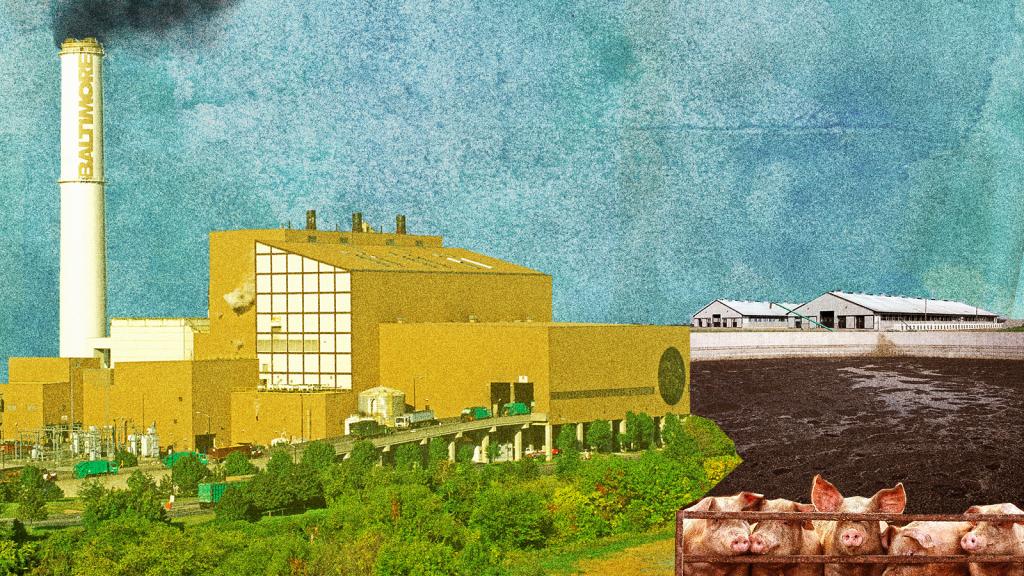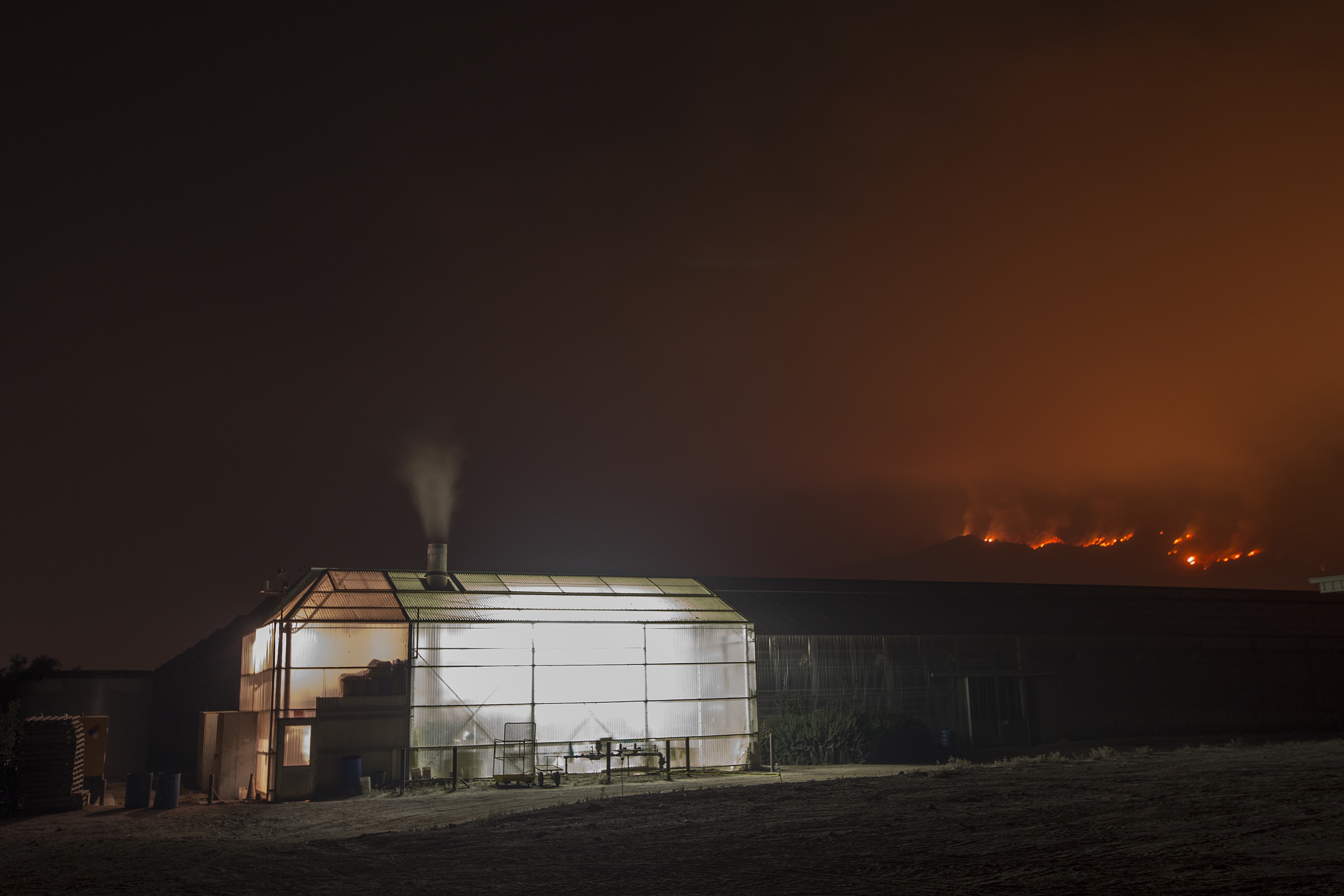If ripened green beans aren’t picked, the whole bean plant begins to wither. In 2014, as a farm intern in Northern California’s Mendocino County, I went to harvest beans, despite the thick smoke from a fire 10 miles away. The farm couldn’t afford to lose the plants for the rest of the season; we needed to get the produce to the farmers market where the farm earned a third of its revenue.
I wet a handkerchief and tied it around my nose and mouth, donned my hat and gloves, and began picking. The last thing I remember was a haze thicker than smoke before my coworkers found me slumped over a bucket half-full of beans.
Farmers are experiencing climate change in our fields, our communities, and our lungs. The increasingly long periods between rains force greater reliance on a lowering water table that hardly replenishes our wells. And a drier climate means more fires. This year, our eyes sting and chests ache, not only from the smoke of the Mendocino Complex, Camp, and Woolsey Fires but also because of what our California neighbors have lost.
There are immediate ways we can stave off fire damage to farms. First, we can reconsider how farmers and loggers make use of the same land. Many of us farm close to logging forests because farmland near cities or towns is not affordable. But private logging companies often leave behind dead, undesirable trees—fuel for a potential fire. Overhead power lines from clusters of exurban or rural development pose another serious hazard for farmers. Those power lines break in gusts of wind and start blazes, as they did in the Redwood, Sulphur, Atlas, and Nuns fires. To avoid this, we should rethink how we generate, store, and distribute energy and where it’s sensible to live.
But American farmers cannot wait for a massive infrastructure change. We manage 1 billion acres of land—55 percent of the land in the continental United States. And we must be part of the effort to mitigate the effects of climate change. In fact, many of us already are.
Today, I and other farmers and colleagues are using our ancestral farming practices to help us adapt to climate change. We are reintroducing seeds that require less water, capture more carbon than their conventional counterparts, and can grow deep roots to access the lower water table.
I grow heritage grains—wheats like Sonora and Chiddam Blanc de Mars—to provide the public with flavorful, nutritious, and sustainable substitutes for cheap, processed crops. I’m also minimizing my fossil fuel use by using sheep to clear the grounds before planting and to graze fields in the early stages of wheat growth. And to get my product to market, I have been working with farmers to formalize a cooperative. We work as a group to acquire and use processing equipment, and then deliver and market our goods in a cost- and energy-efficient way.
All of our work — that of Fibershed, Namu Farm, and California Grain Campaign, among others — is based on the collective and lived experiences of those around us and who came before us, proving that traditional farming, based on our cultural backgrounds, is part of the solution. We shouldn’t let expensive workshops or buzzwords like “permaculture” or “regenerative agriculture” block our view of thousand-year-old practices that work.
Alternative farming simply requires a shift in how we talk about agriculture and how we invest our resources. Here are four steps we can take to make it more accessible:
- We need to make quality farmland closer to population centers more affordable, especially to farmers of color. We can do this by placing land in trusts, enabling cooperative ownership of land, creating tax breaks for land transfer to farmers of color and young farmers, and creating a fund like Rhode Island has, where the state purchases farmland development rights from farmers.
- We need to bring back seed varieties that help us capture atmospheric carbon, store water, and weather climatic shifts. Restoring this diversity will require us to pry open corporate strongholds on seeds, reverse seed preemption laws that prohibit localities from determining what’s planted, use public spaces as zones for seed growing and saving, and transform farm service entities to support crop diversity.
- We need different infrastructure for regional producers. The Department of Agriculture’s Rural Development and Cooperative Development programs offer a way forward: Its Value Added Producer Grant still allows people to own their infrastructure, including rural electricity.
- We need the Farm Bill, too. It remains unfunded by Congress — though Democrats and Republicans just came to an agreement after months of haggling over the legislation. (It could pass the House and Senate this week.) The bill’s Local Food Promotion Program has helped fund small producer aggregation, distribution, and marketing. Its Farmers Market Promotion Program strengthens farmers’ market operations and participation. And its Organic Cost Share significantly reduces fees for organic certification.
For a society that spends much of its time inside, climate change may seem like a distant threat. I can report from California farmland that climate change is real, and it is happening here. By changing our state and federal policies, investing in new infrastructure, uplifting alternative farming knowledge, and bringing farmers into the effort to implement solutions, we have a chance at feeding ourselves while fighting this crisis.
Mai Nguyen owns and operates a farm in Sonoma County, and is also the California Organizer at National Young Farmers Coalition. She was a Grist 50 honoree in 2018.



